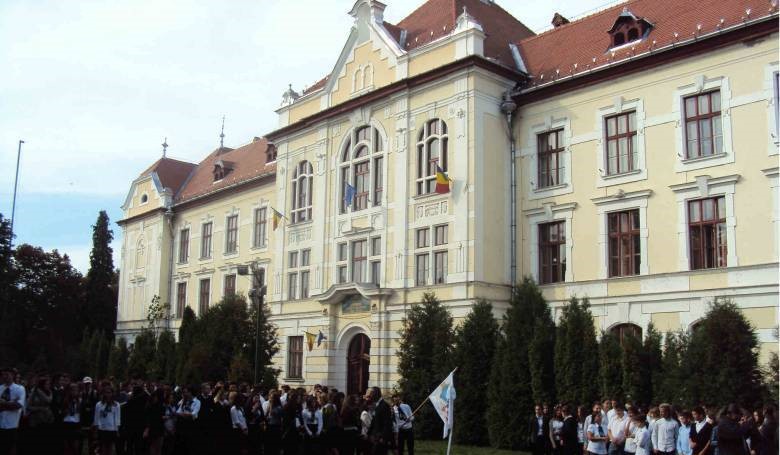This is the opinion of a strengthened community of teachers, students, and parents at the end of the school year at the II. Rákóczi Ferenc Roman Catholic Theological Gymnasium in Marosvásárhely/Târgu-Mureș, a school saved by enormous effort and cooperation.
“We are extremely grateful to all the members of the Hungarian cooperation that saved the school and especially grateful for the help from Hungary,” said Csengele Csíky, president of the Hungarian Parents’ Association, one of the key figures in the battle, in an interview given to Magyar Hírlap.
It is the end of the school year in the institution, but the schoolyard and buildings are not yet empty, as graduation exams and different academic competitions are still taking place. The atmosphere has not always been this clear between the walls of the beautiful school building: the school foundation won with difficulty a fight that had been going on for the last two years and that required a solid stance from the parent–teacher community and also the determined pressure from the Ministry of Foreign Affairs of Hungary.
As Csengele Csíky pointed out, the only way they were willing to fight was through legal channels. The Hungarian community could rely only on its own minority advocacy, and after the task exceeded the abilities of the internal powers, help from Hungary was needed. They got it, and it was very efficient. Without it, the II. Rákóczi Ferenc Roman Catholic Theological Gymnasium would not function today.
“We managed to forge unity among the different Hungarian communities of parents living in faraway regions. This is a success story of full value. There are still attempts to undermine the functioning of the school, but these are just the aftershocks,” Csengele Csíky added.

The Roman Catholic institutional education has a history of several hundred years in Marosvásárhely. According to a note dating back to 1525, the Dominican Franciscans operated a monastic school. During the reformation a significant part of the population of the city became Reformed so Catholic education restarted only in 1702 with the help of the Jesuit Fathers. From 1708 gymnasium education also started. According to the plans of Sándor Pápai, between 1903 and 1905 the school of the Main Gymnasium was built, which was then extended to include a boarding school in 1908. The building complex of the Klastrom (Monastic) Street, the II. Rákóczi Ferenc Roman Catholic Main Gymnasium, was nationalized by the communist administration on August 2, 1948, a condition that lasted until 1998.
At the return of the building complex in 2004, the restarted Catholic education was housed by the Bolyai Farkas Theoretical High School. The institution moved to its status property in 2015, but its activity was suspended in 2017. The case stirred a diplomatic row between Budapest and Bucharest.
Two thousand five hundred people took to the street at the end of the summer of 2017 to protest against the legal situation of the school. The court ruled in June that the school could no longer legally function, as it didn’t have a permit from the Education Ministry.
Hungary has withdrawn the support for Romania’s accession to the OECD, one of the main objectives of Bucharest’s foreign policy, in retort to the suspension of the setting up of the Catholic education in the status building.
Mainly due to diplomatic pressure from Hungary, from September 2018 the building of the II. Rákóczi Ferenc Roman Catholic Theological Gymnasium in Marosvásárhely/Târgu-Mureș opened its gates again to students.
Featured photo: Csengele Csíky. Photo: Róbert Hegedüs, Magyar Hírlap